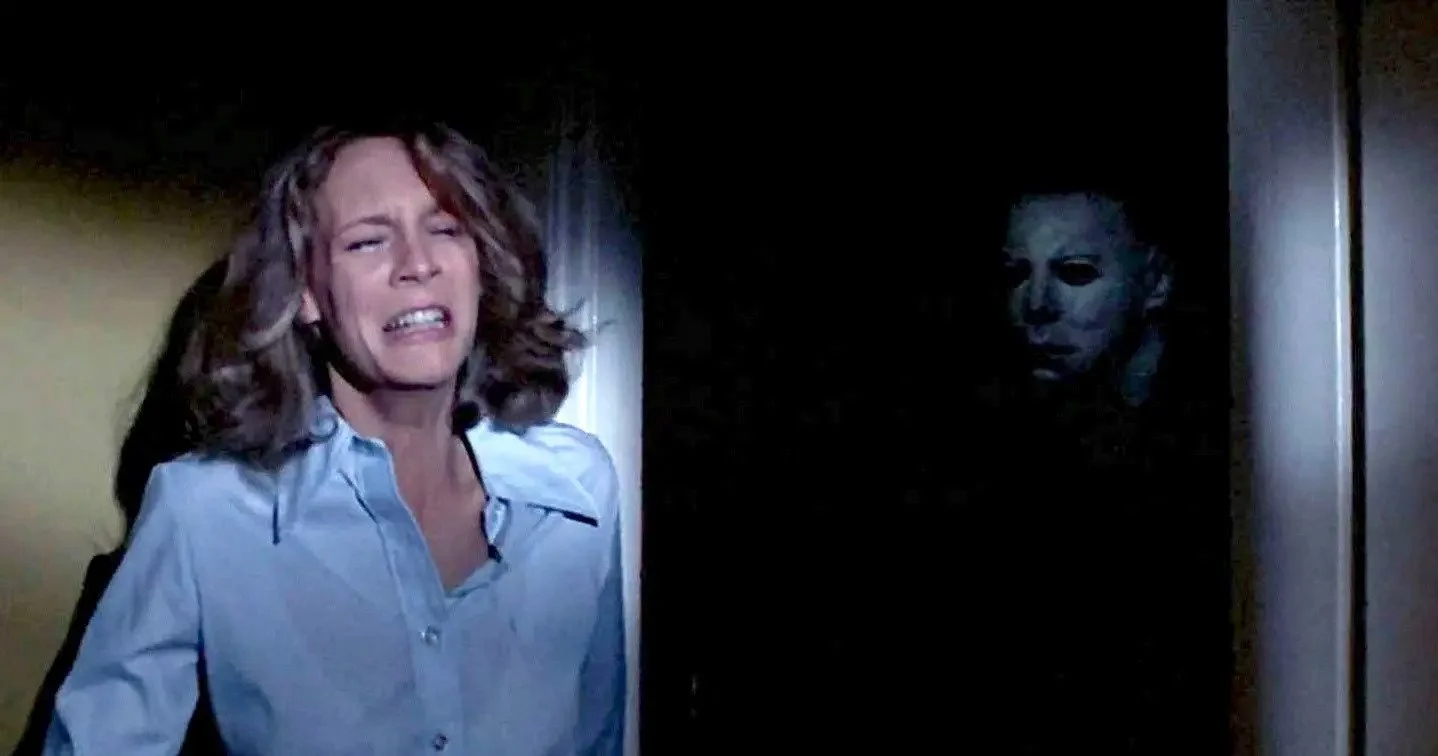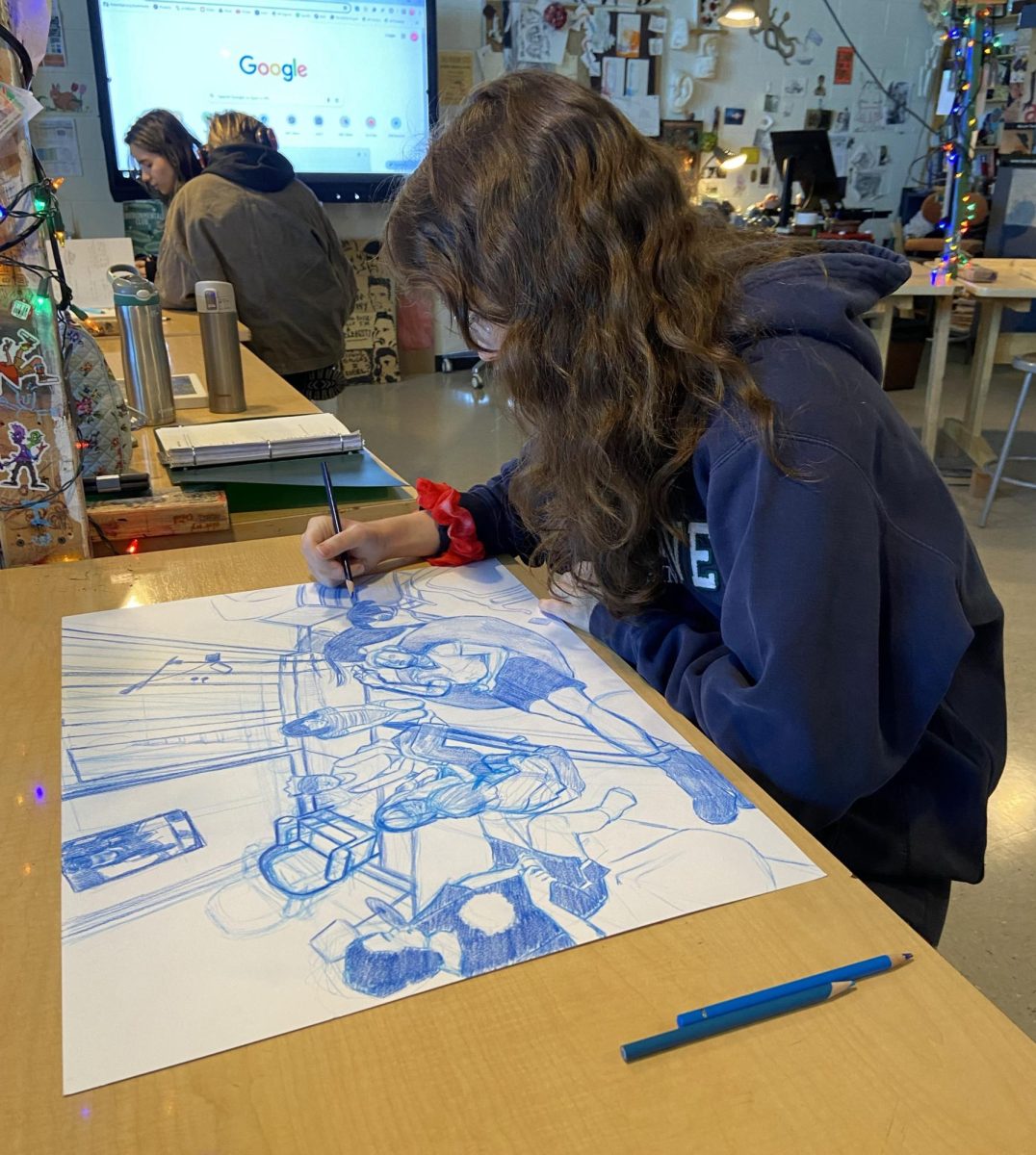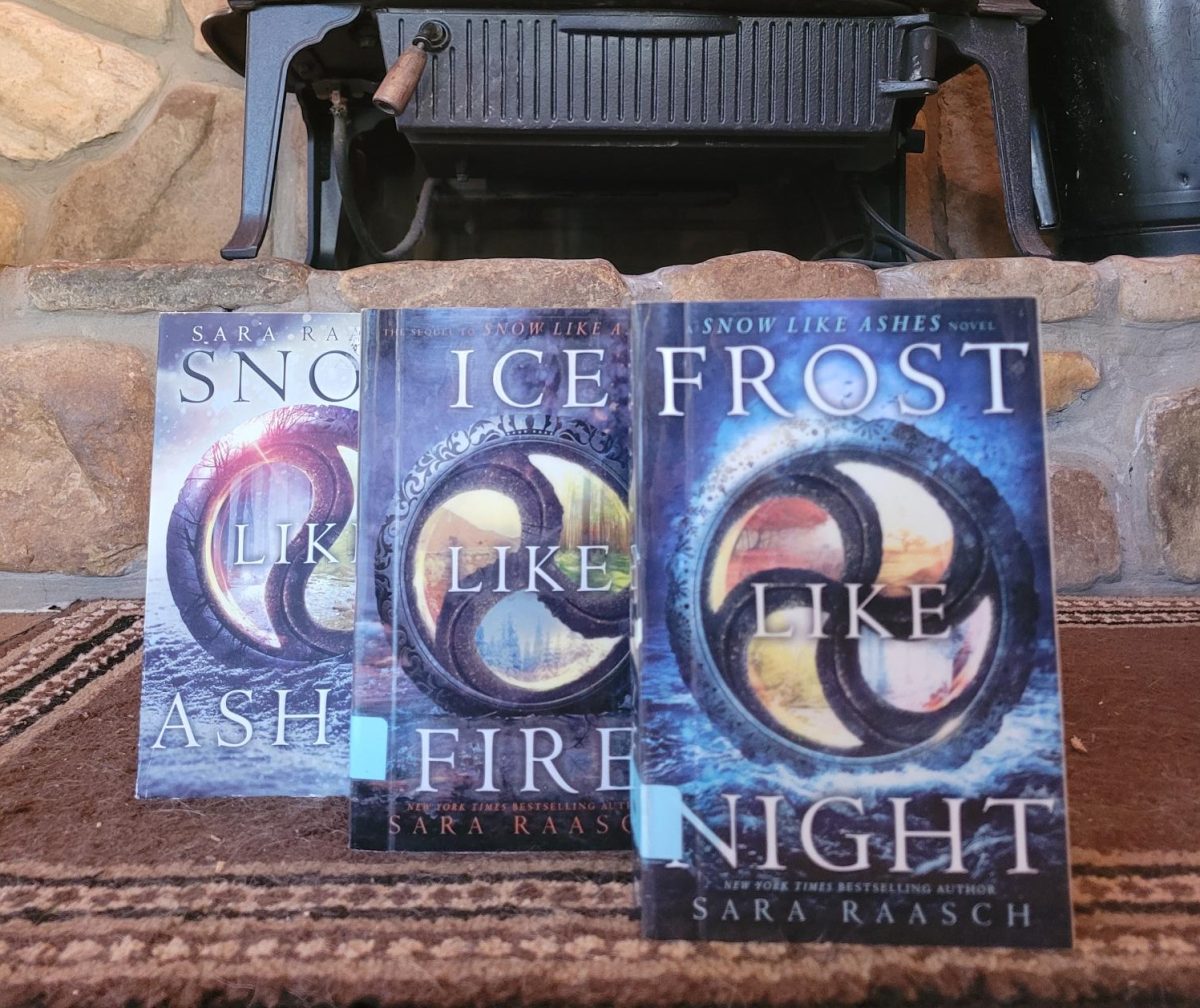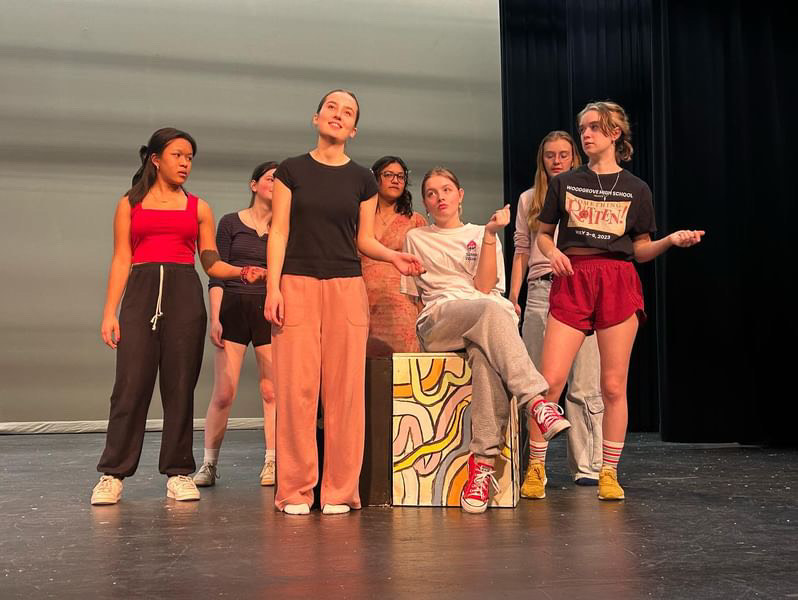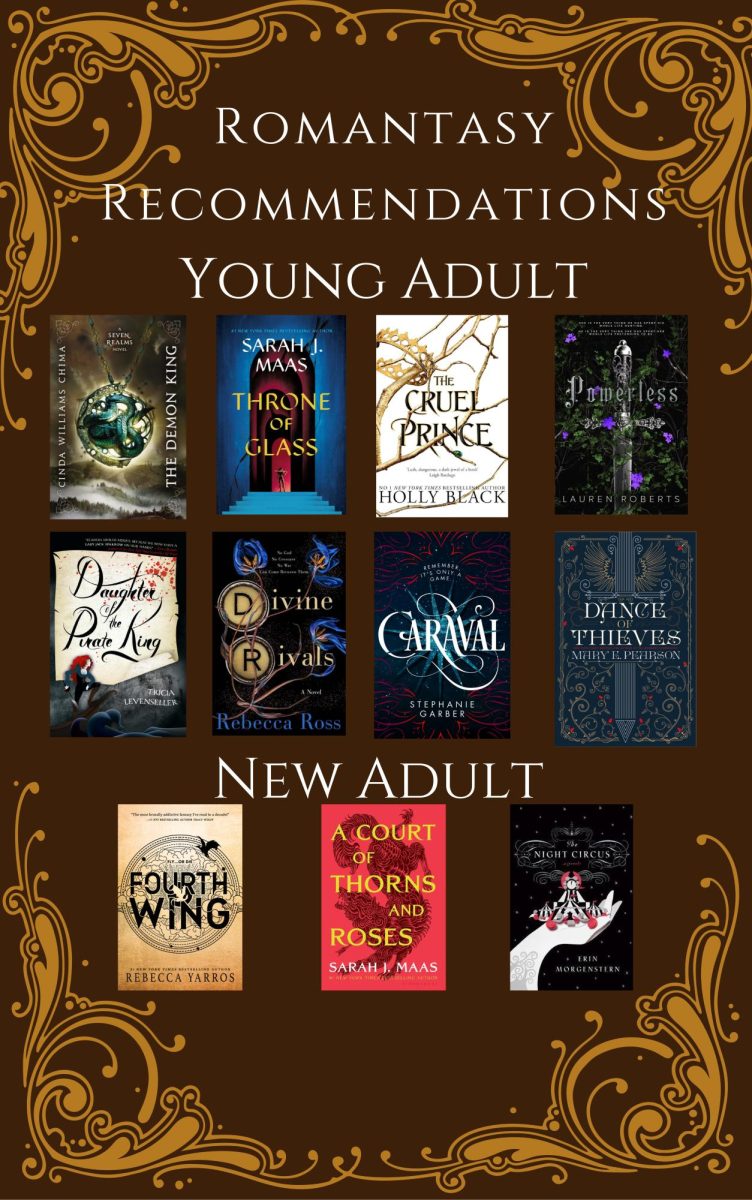Boo! As October comes to an end and fall is in full stride, everyone can feel the spookiness in the air. For centuries Americans have celebrated Halloween, whether for the tricks or for the treats. How did the holiday arrive in America? How did it originate in the first place? Let’s take a deep dive into the history of All Hallow’s Eve as we explore the spooky origins of October 31st.
The tradition is thought to have sprouted a couple thousand years ago with the Celtic festival of Samhain (pronounced “SAH-win”) in modern day Ireland. Samhain took place from October 31st to November 1st. It marked the start of the Celtic New Year as the summer came to an end and the cold winter began. It was believed that the worlds of the living and the dead blended together during Samhain. Celts wore costumes and lit bonfires on the night of the 31st to ward off any evil spirits that were present. In the eighth century, Pope Gregory III designated November 1st as a day to honor all saints, which came to be known as All Saint’s Day. The night before the celebration, on October 31st, became known as All Hallow’s Eve and inherited many aspects of Samhain, including costumes and bonfires.
“Halloween” was informally adopted in parts of Europe, but wasn’t celebrated in the US until the 1840s. It was during this time when Irish immigrants fleeing the infamous potato famine introduced Halloween customs to the United States. Trick-or-treating most likely emerged from the Irish practice of going door to door asking for money or cake, which if not provided would yield a joke, hence the name. Jack-o-lanterns were derived from an Irish folktale about a drunk man, Jack, who evaded the devil, but was not accepted into heaven. When he died, he was left wandering in eternal darkness with a hollowed-out turnip filled with embers to light the way. The turnip would later be replaced by a pumpkin. While people from all backgrounds celebrate Halloween every year, the majority of traditions can be traced back to Ireland and its ancient celebrations.
As more Irish arrived, their customs began to be largely recognized throughout America and Halloween quickly became enshrined in American culture. Americans altered the tradition to appeal more to children; candy became the centerpiece while the tricks remained. As candy companies began producing their own halloween-themed candy, the modern idea of trick-or-treating was firmly established in neighborhoods across the country. As the holiday gained notoriety, the scary theme creeped into American media, with popular films such as Frankenstein and Dracula capturing the attention of Halloween enthusiasts. In the present day, Halloween is a staple holiday in American society as it is one of our oldest traditions. October 31st can ensure an eerie time with people dressing up in the most creative costumes, and after all, who doesn’t like free candy?



